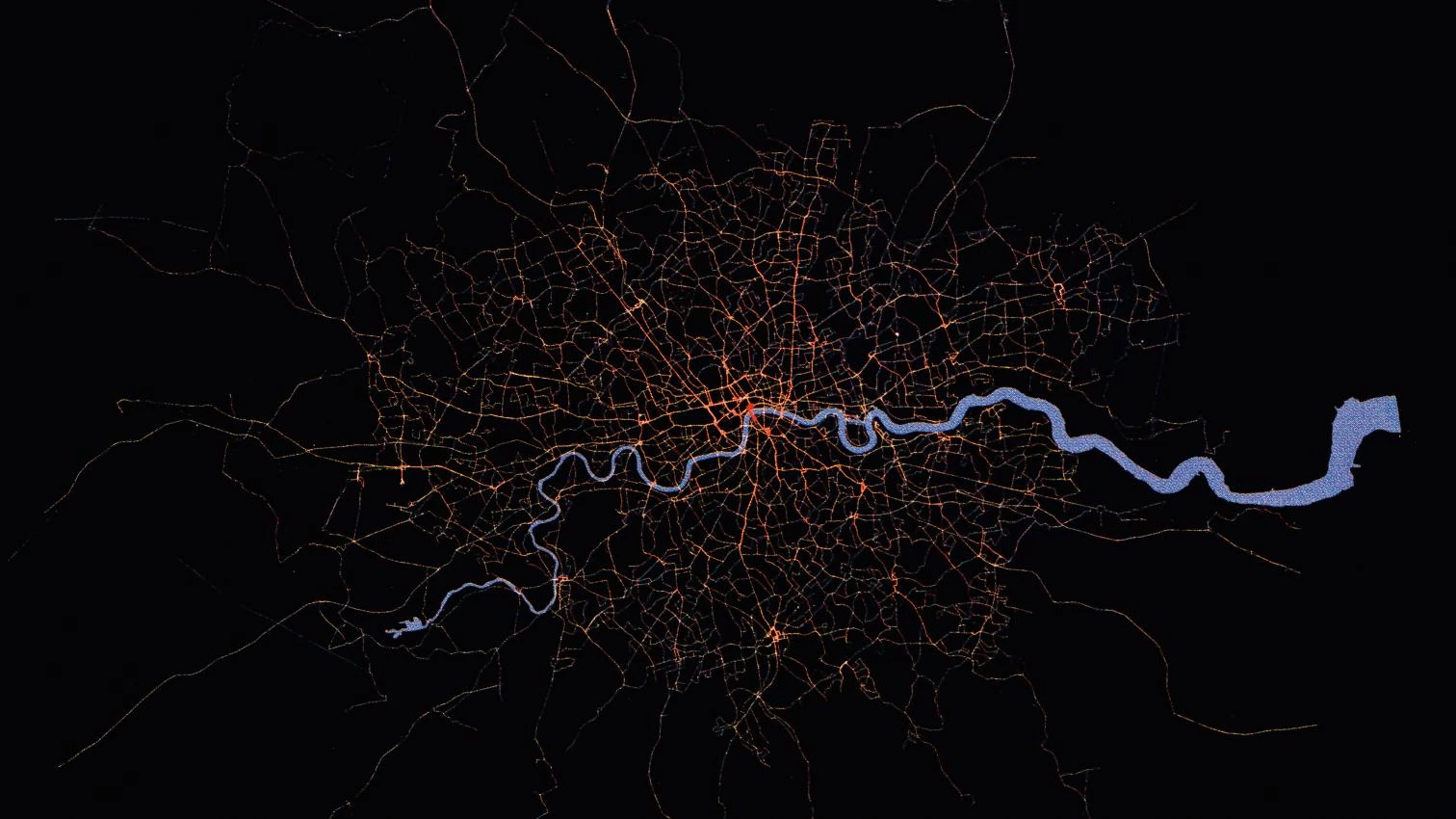How Cities Produce Data and How to Control It
Urbanism of the Chip

One of the direct consequences of the proliferation of chips and sensors is a massive accumulation of data relating to the city and how it functions. Mobile phones alone supply large quantities of information about, for example, their owners’ locations and the calls they make. With smartphones, which allow access to the Internet, even greater quantities of data can be collected. Cities are progressively entering a new phase in their development that is marked by exponential growth in the production and storage of information. At the same time, the strategic character of the urban realm is intensifying for a whole range of big businesses, since information seems more and more to be the strategic resource that drives the engine of capitalism. In such a perspective, the question of the control of information produced by cities arises immediately. On this point, the diversity of existing attitudes is obvious. While some municipal authorities seek to maintain control of the data generated by urban services, others seem strangely indifferent to this issue.
Besides ownership, accesibility represents another sizeable issue. Who has the right to consult and use the data? It should be noted here that rights are not the only aspect of accesibility; it also brings up technical questions of formatting and readability. It is possible to have the theoretical right to consult information but to be unable to read it for the lack of technical training or appropriate software. Only a tiny minority of users are capable of exploiting the raw data that are produced by the smart city’s various sensors. The rest need them to be formatted so that they can read and interpret them. The increasingly strategic character of urban mapping, which is intended to render the information produced by cities visible, should be considered in this perspective.
In literature relating to big data, these issues are often relegated to the background by the prospect of achieving a new science of cities based on correlation that would not previously have been noticed between apparently unconnected phenomena, as well as on a more realistic modelling of urban functioning, which is often described, with reference to living organisms, as metabolism. Some enthusiasts’ writings can give the impression that the data will spontaneously generate new knowledge, in the manner of an archive that no longer needs historians to produce information about the objects contained within it.
In the meantime, it is an illusion to believe that the city is a system which, while not closed in on itself, is driven only by a finite number of parameters, an idea based on one of the foundational elements of the neocybernetic approach to intelligence. Such an approach also refers to an even more fundamental shift, in the final stage of which events and occurrences tend to occupy an ever more determining position in the urban experience as well as in the management of cities. While the networked city that progressively emerged with the industrial era accorded absolute priority to flow management, the latter often tends to fade into the background behind the perception of the dense web of events that take place in cities and the plan to control their evolution in order to construct ideal development scenarios. Flows themselves are more and more systematically perceived from the viewpoint of the events that give them rhythm or disrupt that rhythm. The advent of a new urban intelligence is leading to the transition from the networked city to the event-city.
This text is an extract from Antoine Picon’s Smart Cities. A Spatialised Intelligence (Wiley, 2015).





